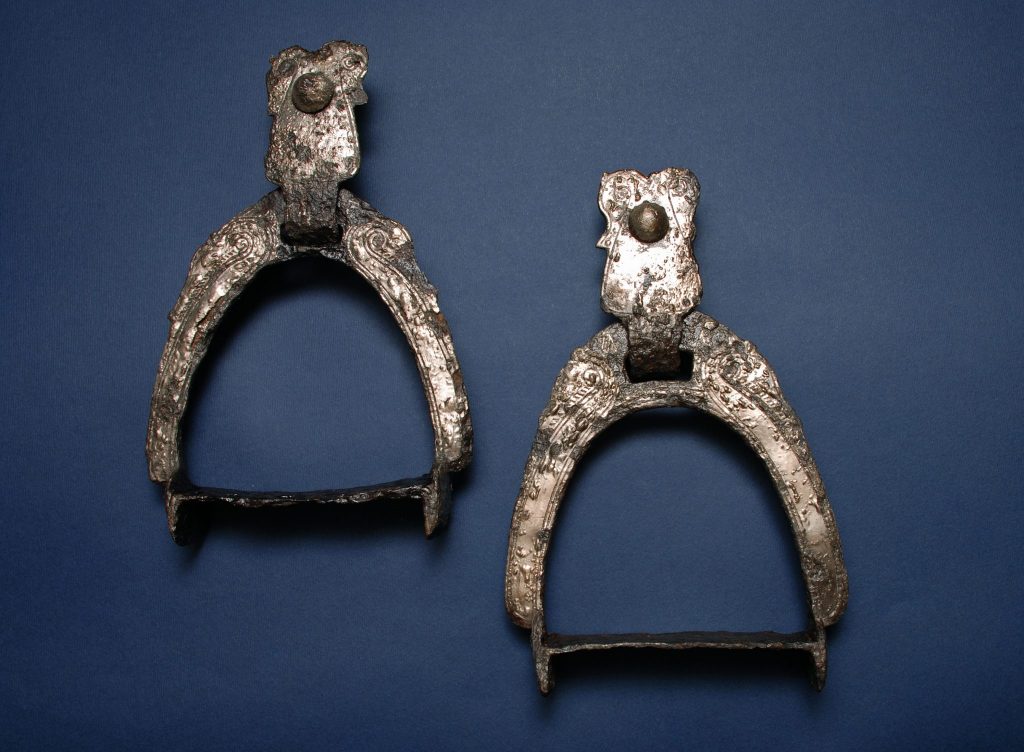COLLECTION OF ARCHEOLOGY
 The Collection of Archeology of the Vytautas the Great War Museum began in 1921 with the establishment of the Museum. The first director of the Museum was General Vladas Nagevičius, who was not only an officer but also an archaeologist. The findings of his archaeological research in Western Lithuania (Apuolės or Impilties mounds and Pryšmančių Cemetery) formed the basis of the Collection of Archeology.
The Collection of Archeology of the Vytautas the Great War Museum began in 1921 with the establishment of the Museum. The first director of the Museum was General Vladas Nagevičius, who was not only an officer but also an archaeologist. The findings of his archaeological research in Western Lithuania (Apuolės or Impilties mounds and Pryšmančių Cemetery) formed the basis of the Collection of Archeology.
Currently, more than 45,000 archeological findings from all over Lithuania are stored in the funds of the Department of Preservation and Investigation of the Collections. The chronology of the main part of the collection is defined from the first reindeer hunters, who settling in the territory of Lithuania in approximately 11,000 BC to the formation of the state in the 13th century; in addition, there are exhibits from the period of the Grand Duchy of Lithuania and the Lithuanian-Polish Commonwealth. The Stone Age is represented by flint and bone articles. The first millennium of our era is reflected in the abundance of brass and iron jewellery, tools, and weapons. One can see exclusive exhibits from the cemeteries from the middle part of Lithuania (Marvelė, Veršvai, Graužiai, etc.), which date back to the period from the 2nd to the 12th centuries and which are characterized by ornate and plentiful horse burial equipment. Although the museum is a war museum, not all of its exhibits are directly related to war. There is a large number of prehistoric exhibits that reflect people’s everyday life or crafts of that time.


